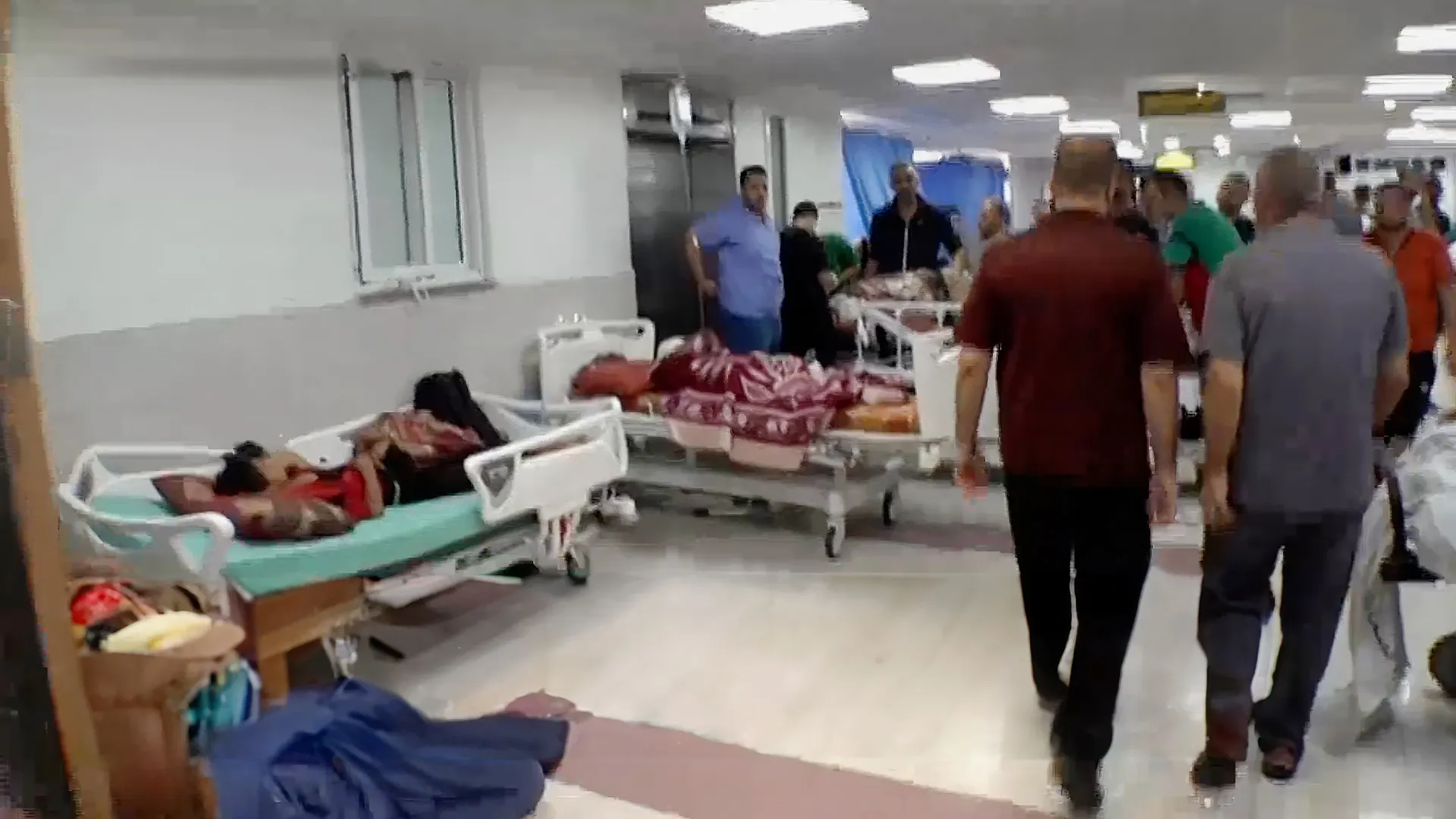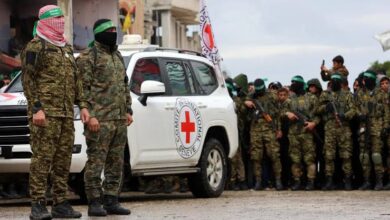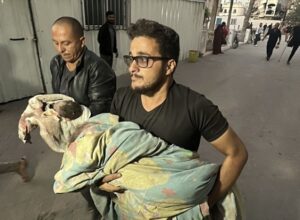WHO: 42,000 people in the Gaza Strip have life-changing injuries
Al-Khamisa News Network - Gaza

The World Health Organization said 42,000 people in the Gaza Strip are living with life-changing injuries, and a quarter of those injured are children.
According to a report published by the UN agency on Thursday, the injured in Gaza will need care and rehabilitation for many years to come. Life-changing injuries account for a quarter of the total reported casualties, which reached 167,376 people injured since October 2023. More than 5,000 people have undergone limb amputations.
WHO said other severe injuries are widespread, including injuries to the arms and legs, spinal cord injuries, brain injuries and major burns, increasing the need for specialised surgical services and rehabilitation, and profoundly affecting patients and their families across Gaza.
The report highlighted the prevalence of complex facial and eye injuries, especially among patients listed for medical evacuation outside Gaza, cases that often lead to disfigurement, disability and social stigma.
WHO said Gaza had around 1,300 physiotherapists and 400 occupational therapists. Many have been displaced, while Israeli forces have killed at least 42 of them up to September 2024.
At a press conference, WHO Director-General Tedros Adhanom Ghebreyesus said two years of conflict have destroyed the health system and inflicted great suffering on Palestinians.
He added: “The destruction of Gaza’s civilian infrastructure is enormous, and it will take a long time to rebuild. The damage done to people physically and mentally is worse. The new WHO data show the scale of the harm to Gaza’s people and their health system.”
He stressed that rehabilitation services are also essential for people with non-communicable diseases and disabilities.
He said WHO has supported the evacuation of 7,841 patients for medical treatment outside Gaza since the start of the war. Since the closure of the Rafah crossing in May last year, WHO has taken responsibility for coordinating all medical evacuations. Most of these operations are for traumatic brain injuries, cancer treatment, heart disease, eye care and congenital anomalies.
He said Egypt, the United Arab Emirates, Qatar, Turkey, Jordan and countries in the European Union were among the main recipients of evacuated patients from the Gaza Strip.
Tedros said 15,600 patients remain on the waiting list for medical evacuation, including 3,800 children.
He added: “At present, we can only carry out evacuations once a week. I call on more countries to receive these patients. I call for the resumption of medical evacuations to the West Bank, including Jerusalem, and for an increase in the frequency of evacuations.”
Tedros said health and humanitarian workers, including WHO staff, have worked on the ground under harsh and unsafe conditions, “with minimal supplies, food, transport and fuel. Some have paid the ultimate price.”
Meanwhile, WHO’s representative in the occupied Palestinian territory, Rick Peberkorn, said Gaza has only eight specialists in prosthetic limb fabrication.
Speaking from Deir al-Balah to journalists in New York, he noted that displacement, malnutrition and shortages of assistive supplies mean the true burden of rehabilitation in Gaza is much larger than the figures in the report suggest.
The UN official added: “We want to emphasise that injuries from the conflict also carry a deep psychological impact, with survivors struggling with trauma and loss, while psychosocial support services remain scarce. This also includes caregivers and their families, whose mental health we are also focusing on.”
Peberkorn stressed the importance of integrating and scaling up psychosocial support alongside rehabilitation, and the need to provide immediate protection for health care, unobstructed access to supplies and fuel, and the removal of restrictions on the entry of essential medical supplies, including assistive devices.
He called for sustained investment to support and rebuild a stronger health system in the future, including rehabilitation services in Gaza. That should include linking care with mental health, making services inclusive for people with disabilities, training more specialists, and ensuring support from hospitals through to community care.





